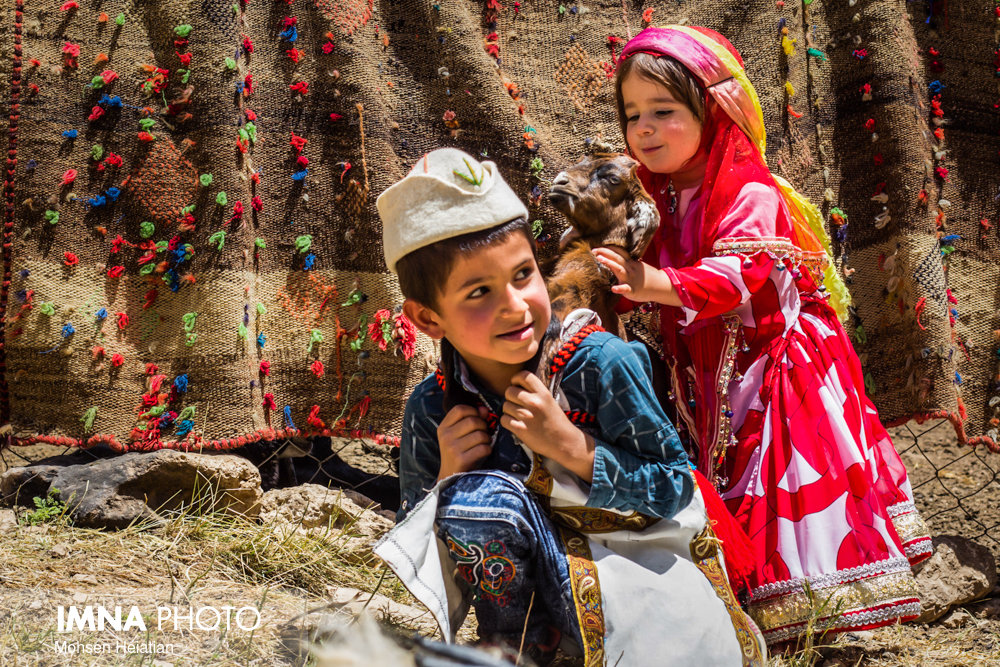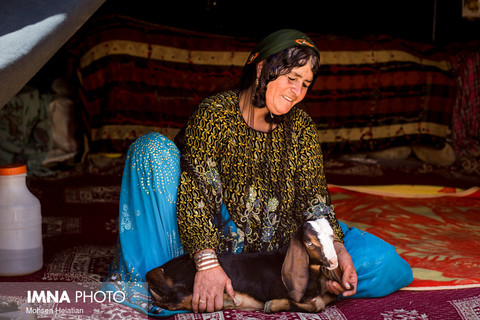Iran (IMNA) - The organization has been set up with the aim of improving the environmental situation of villages, recognizing the deficiencies and social, economic, health, cultural, and educational needs, preparing practical plans in the mentioned fields and presenting them to the relevant officials for necessary action, as well as encouraging the villagers not to migrate to the cities.
Village administrators are elected by the members of the Council of the village, who are elected by the people and are tasked with local management.
Out of a total of 39,465 villages in the country, which comprise about 26 percent of the national population (20.1 million), 37,118 villages have been received permits to establish rural administrations (called Dehyari).
Thus, more than 97 percent of the country's rural population lives in villages with over 20,000 households.
Since the establishment of the Municipalities and Village Administrations Organization until the Iranian calendar year 1398 (March 2019-March 2020), more than 250 trillion rials (nearly $6 billion at the official rate of 42,000 rials) have been allocated to rural development.
According to Mehdi Jamalinejad, the head of the Municipalities and Village Administrations Organization, about 130,000 small and medium-scale development projects have been implemented in the country's villages.
Over 900 fire stations have been built and equipped in the country's villages.
Jamalinejad also said that 80 percent of rural areas are equipped with waste collection systems.
Earlier this month, some 5,811 development projects were inaugurated in rural areas, with a total of 11.6 trillion rials (nearly $278 million) spent on these projects, Ali Ghorbani, deputy head of the organization, said.

The projects included road maintenance, fire stations, green spaces, sport, and cultural places.
Mohammad Omid, the vice president for rural development, said in November 2020 that for the first time in the country, the migration of people from rural areas to cities has reached zero.
A total of 220 trillion rials (nearly $5.6 billion) has been approved for the development of villages in the current year (March 2020-March 2021), Omid said.
Some 140 trillion rials (about $3.3 billion) have so far been spent, he noted, adding, the unemployment rate in rural areas has reached 7.4 percent, which has decreased by over one percent compared to last year.
In October 2020, Omid stated that the rural development projects worth 130 trillion rials (nearly $3 billion) inaugurated on the occasion of the National Day of Villagers and Nomads.
“In the Sixth National Development Plan (2016-2021), we were tasked to connect 80 percent of the villages with 20 households or more to the national information network. So far, over 95 percent of the country's villages are connected.”
Based on statistics, 18,000 villages (each week 50 villages on average) have been connected to the national gas network over the past seven years, and now about 4.8 million families in 32,000 villages enjoy natural gas in the country. It means that 82 percent of the villages are connected to the gas network.
Many other efforts have been made over the past couple of years by the government to support villagers and slow down the trend of migration from rural areas to cities while decreasing rural community dependency on one main economic sector (agriculture, forestry, energy, or mining), including rural tourism, agritourism, religious tourism, and ecotourism.
By Faranak Bakhtiari
Tehrantimes


Your Comment